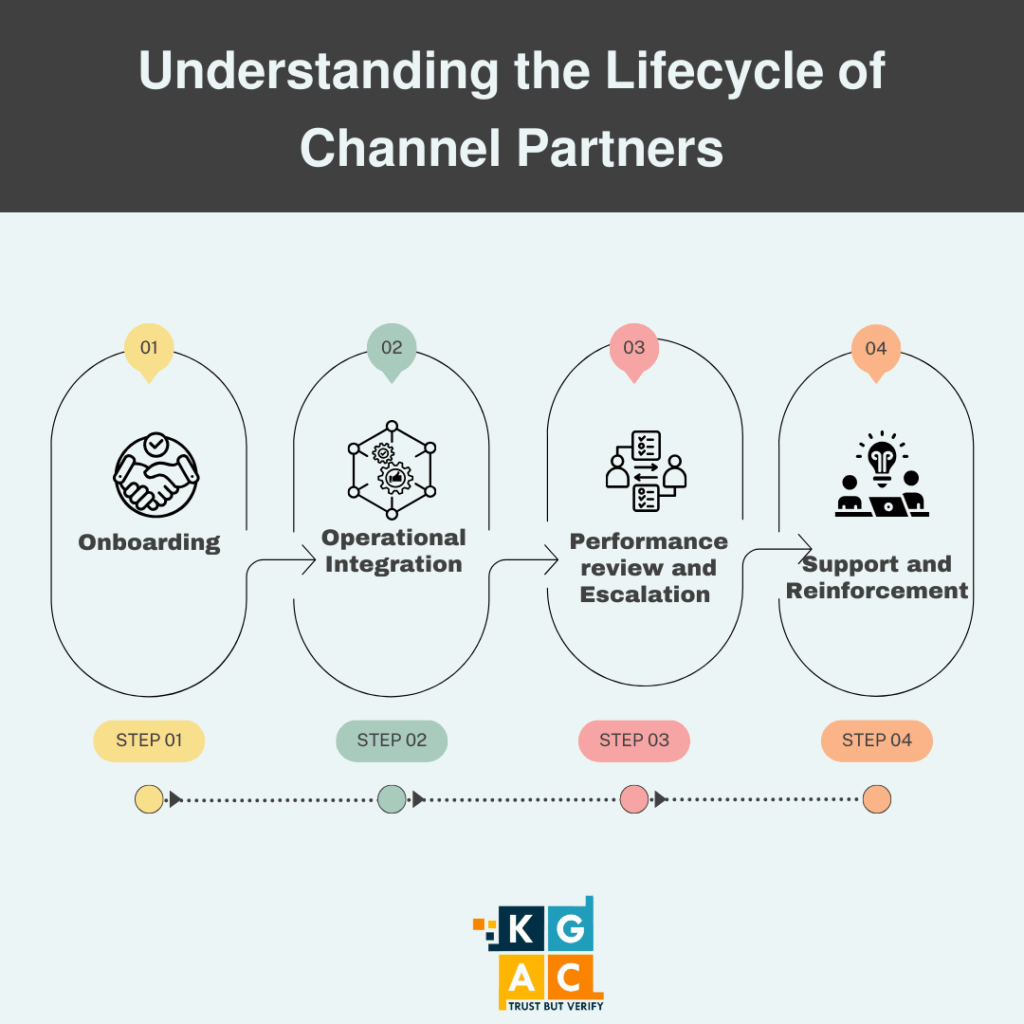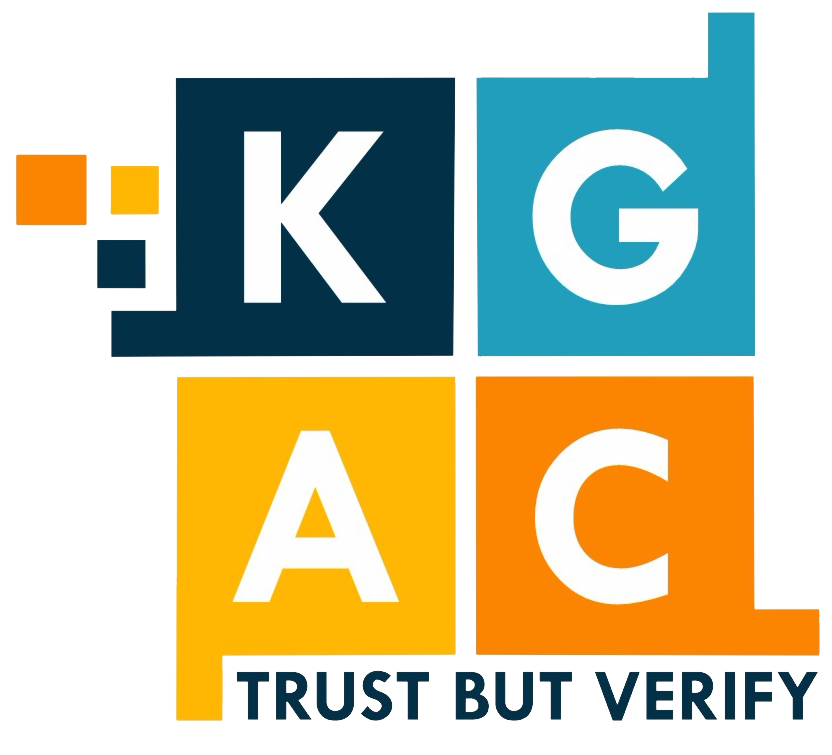
This post is a continuation of our last post, in which we talked about 𝘄𝗵𝘆 𝗰𝗵𝗮𝗻𝗻𝗲𝗹 𝗽𝗮𝗿𝘁𝗻𝗲𝗿𝘀 𝗮𝗿𝗲 𝗰𝗿𝘂𝗰𝗶𝗮𝗹 𝗳𝗼𝗿 𝘀𝗰𝗮𝗹𝗲𝗮𝗯𝗹𝗲 𝗴𝗿𝗼𝘄𝘁𝗵.
In a franchise or partnership-led business model, the lifecycle of a channel partner is not just a linear journey from start to end. It involves multiple phases that require structured engagement, compliance, and monitoring to ensure both brand alignment and operational performance.
➡𝗢𝗻𝗯𝗼𝗮𝗿𝗱𝗶𝗻𝗴: This is the foundational phase where the channel partner is introduced to the brand’s ethos, expectations, and operational protocols. Onboarding involves:
▪️The signing of channel agreements
▪️Infrastructure verification (location, setup, equipment, etc.)
▪️Training on brand SOPs, CRM tools, and service protocols
▪️Issuance of branding collaterals and store setup assistance
Poor onboarding often leads to weak compliance, misalignment of expectations, and long-term underperformance.
➡𝗢𝗽𝗲𝗿𝗮𝘁𝗶𝗼𝗻𝗮𝗹 𝗜𝗻𝘁𝗲𝗴𝗿𝗮𝘁𝗶𝗼𝗻: Once launched, the channel partner enters the operational phase, where day-to-day adherence to SOPs is expected. During this period, key focus areas include:
▪️Sales and service delivery as per defined KPIs
▪️Inventory management and replenishment
▪️Usage of approved vendors and suppliers
▪️Staff hiring and adherence to grooming/training norms
Brands must implement regular reviews or audits during this phase to monitor compliance and performance.
➡𝗣𝗲𝗿𝗳𝗼𝗿𝗺𝗮𝗻𝗰𝗲 𝗥𝗲𝘃𝗶𝗲𝘄 𝗮𝗻𝗱 𝗘𝘀𝗰𝗮𝗹𝗮𝘁𝗶𝗼𝗻: Not all channel partners perform uniformly. Therefore, a robust review mechanism is essential.
▪️Monthly or quarterly performance reviews
▪️Feedback from mystery audits, customer surveys, and CRM logs
▪️Identification of red flags: revenue dips, SOP violations, customer complaints
▪️Escalation mechanisms: warning letters, retraining, or partial suspension
➡𝗦𝘂𝗽𝗽𝗼𝗿𝘁 𝗮𝗻𝗱 𝗥𝗲𝗶𝗻𝗳𝗼𝗿𝗰𝗲𝗺𝗲𝗻𝘁: Channel partners often require support to realign with brand expectations. This may involve:
▪️Training programs
▪️Visits by regional managers or support teams
▪️Real-time handholding during high seasons or product launches
▪️Access to digital helpdesks or knowledge portals
Conclusion: Understanding the lifecycle of a channel partner allows brands to pre-empt issues, ensure performance, and protect their identity.
